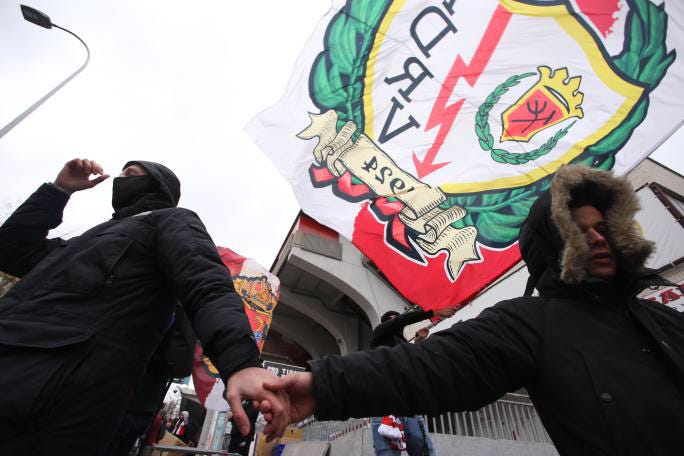Rayo's chain reaction
Just months out from Rayo Vallecano's centenary, fans are rallying to save the stadium at the heart of its community.
During a property boom nobody wants to be the precarious tenant sitting on prime real estate. Rayo Vallecano, however, are used to being where they’re not meant to be.
Paying €90,000 a year to the Madrid regional government (owners of Estadio de Vallecas), it looks like Rayo’s days of cheap rent for the use of Spain’s most unique stadium are numbered.
The Spanish capital is having “a moment,” according to The Economist. “Madrid has become a hot destination for the moneyed classes,” wrote Rachel Sanderson for Bloomberg.
And now, just months out from the club’s centenary, regional president Isabel Díaz Ayuso confirmed to Diario AS that the Madrid government and club are in talks to relocate Rayo away from its barrio (neighbourhood) because “it’s becoming incre…




